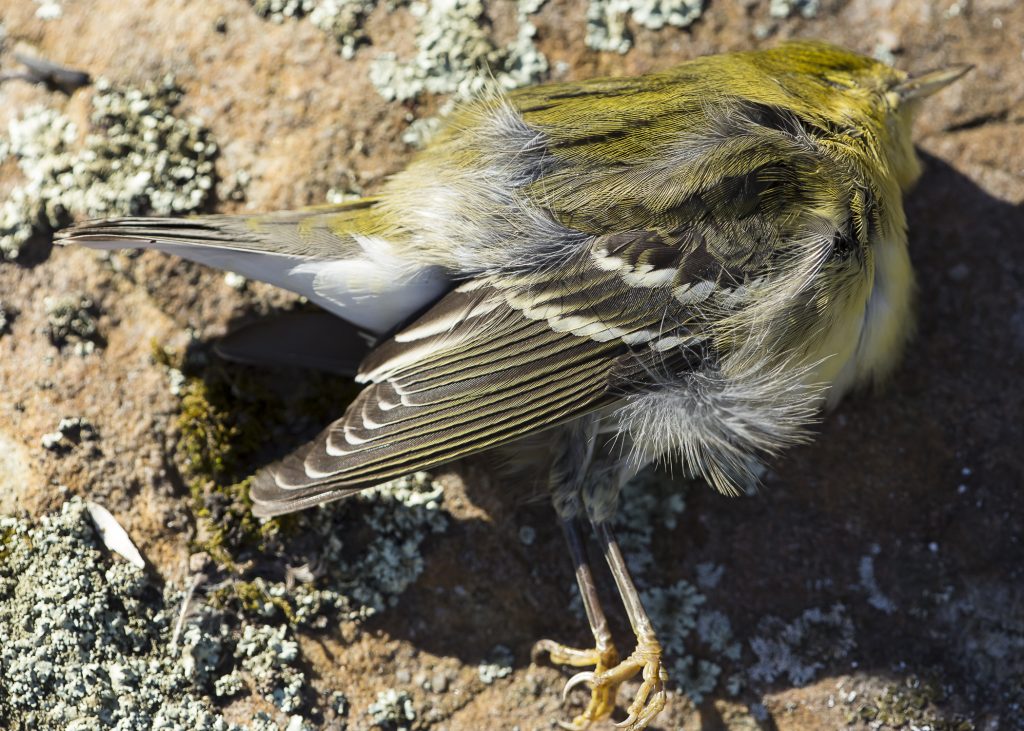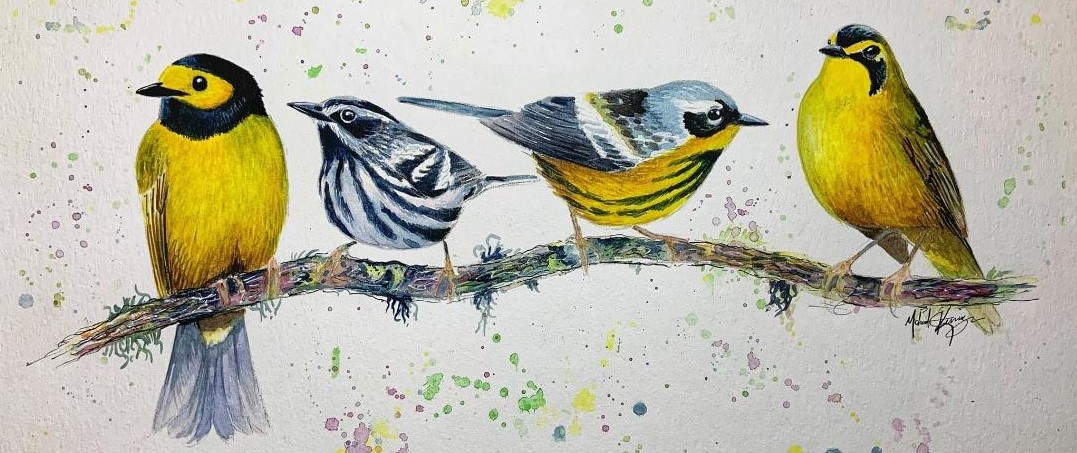Dear JVAS Community,
It is with a heavy heart that I acknowledge the deaths of hundreds of millions of my friends in 2023. I’m talking about the toll that buildings take on birds worldwide, each and every year.
This year, Chicago once again earned its moniker as the deadliest city for bird strikes. On the morning of October 5th, residents of the Windy City were awakened by the flight calls of millions of warblers and other migrants. Birders descended on the parks along Lake Michigan and recorded the amazing spectacle of hundreds of thousands of warblers threading their way through the wilderness of steel, glass, and concrete. For more details on what a fallout of this magnitude looks like, see Marky Mutchler’s account and videos on eBird.

While most of the birds were able to make it through, untold thousands did not, and accounts tell of their corpses littering the streets and sidewalks.
To quote Mutchler: “TURN YOUR LIGHTS OFF”
It can be hard to fathom the sheer magnitude of what is transpiring in the night sky above our communities. On certain nights, particularly in May, September, and October, tens of millions of birds are on the move. If they become bottled up by stagnant weather for a while, they may surge forward on the next north wind, as apparently happened in Chicago this year.
This dead warbler (fall plumage) is a tragedy that could have been prevented
if the homeowners had treated their kitchen storm door to prevent bird kills.
It’s not just the tall buildings that represent danger to birds. It’s also all the light we humans generate. And in the daytime, it’s also the reflective glass panes that turn so many central business districts into giant funhouse mirror landscapes.
By night or by day, our iconic skylines are their killing fields.
To a lesser extent, these risks all exist in rural central Pennsylvania, in every mirror-like pane, every light left on needlessly at night, every churning turbine (I’ll have more on this last bit in a future comment).
What can you do? Here’s an Audubon.org article on some actions for your home or place of work. Here’s another on the Lights Out movement. As of this year, following action from local birders, State College has started turning its lights off during peak migration. Let’s put some pressure on other local communities to follow suit!
Editor’s Note: Buildings two or three stories high kill more birds than tall buildings. Your home could very well be a death-trap for birds. Even if birds hit your window and fly away, chances are the injury is fatal and birds will die soon after they hit the window.
What can you do? Add Acopian Bird Savers (aka Zen Curtains) or purchase Feather Friendly dots. You can make your own Acopian Bird Savers™ or buy a kit designed for your window:
The FeatherFriendly® dots are available.
